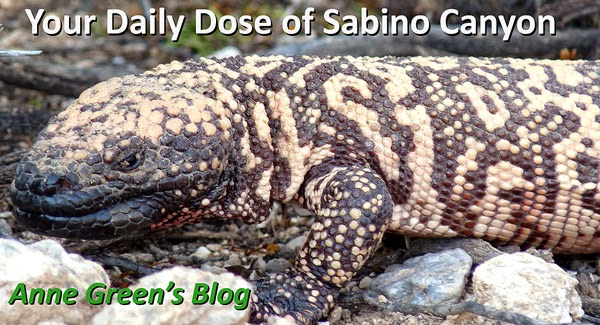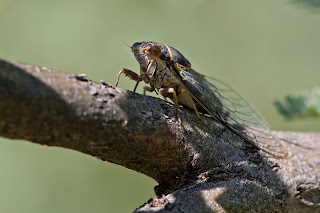Before you run screaming at the very idea of Latin, let me assure you that there won't be much and you won't need to learn it. We have the genius
Carl Linnaeus to thank for the nomenclature universally used in biology today. Although Linnaeus 'knew' only two
kingdoms of living organisms (animals and plants), now most scientists agree on six. (Anne's 6 quick kingdoms: Animals, Plants, Fungi, and 3 kingdoms of small stuff to quibble about). From there, it's still (more or less) phylum, class, order, genus, species.
For 'bugs', we're concerned with the animal kingdom, of course; more specifically with the phylum
Arthropoda. All animals in the arthropod phylum have exoskeletons. Then the fun begins. 'Insects' (
Insecta) are a class. (All insects are arthropods, but not all arthropods are insects.) Not all critters we call 'bugs' are insects, though. Another class is
Arachnida (spiders). And still another is
Myriopoda (for multilegged creepy crawlies like millipedes).
In this 'bug' series so far, we've looked only at insects. And we've distinguished between 'true bugs' and not-true-bugs. True bugs are one of 29 insect
orders, specifically, the order
Hemiptera. Not-true-bugs are the other 28 orders. That's enough of that. Let's review with some new insects! (All photos from Ned Harris, of the order greatus photographerus.)
 |
| 2 insects on a specimen from the plant kingdom |
The insect on the left is a bee. Order:
Hymenoptera Bottom line: Bees are insects but not bugs.
The insects on the right is a katydid. Order:
Orthoptera. Same bottom line.
 |
| Look at those horns! |
This insect is a Long-jawed Longhorn Beetle. You guessed it, not a true bug, either. Order:
Coleoptera
 |
| Giant mesquite BUGS ( nymphs, actually) |
And, true to their name, these insects really are bugs! (Order:
Hemiptera)
What can we say about all these critters above? They are animals, arthropods, and insects. That's kingdom, phylum, and class. That wasn't so bad now, was it?
















































